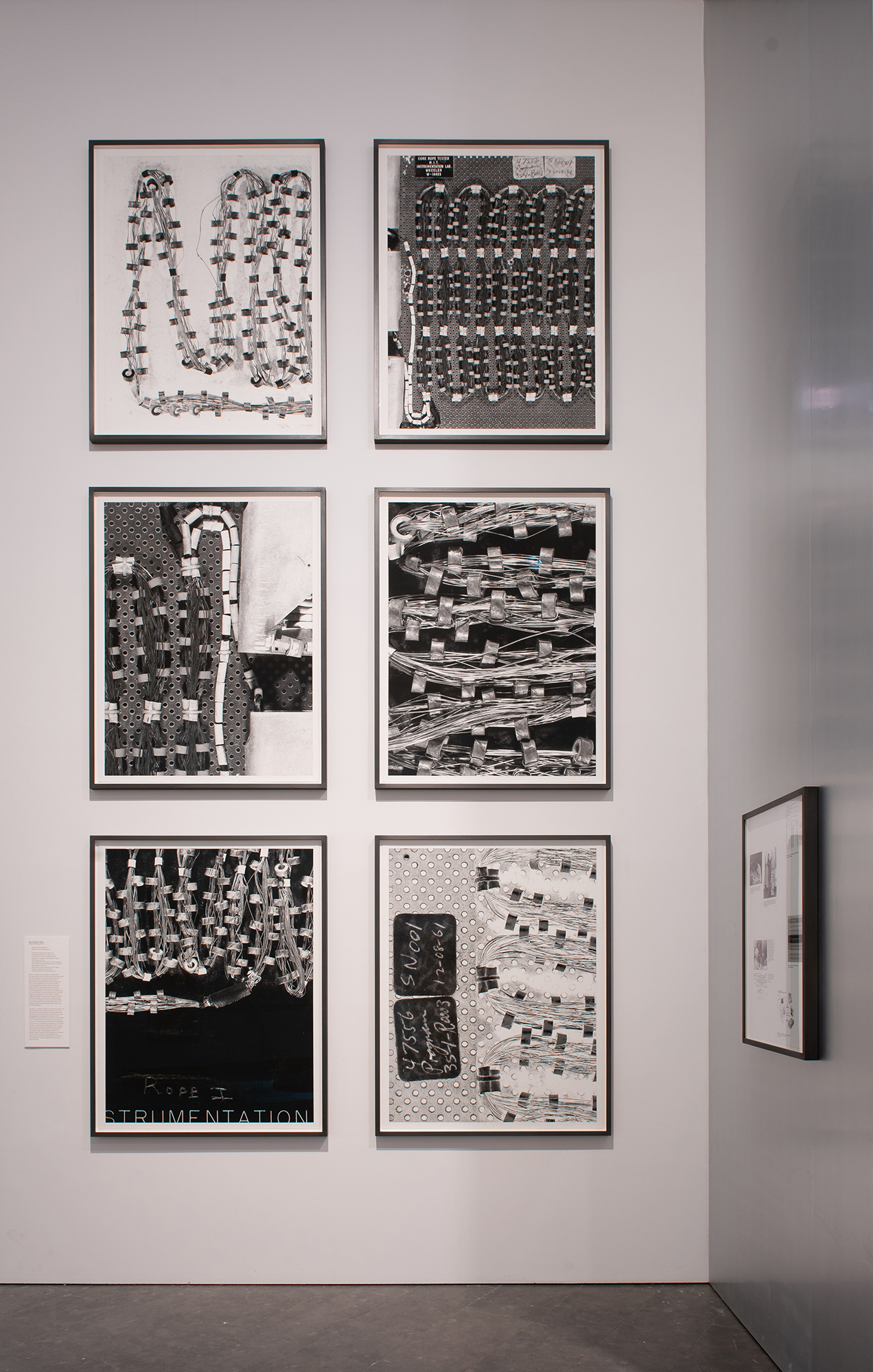 |
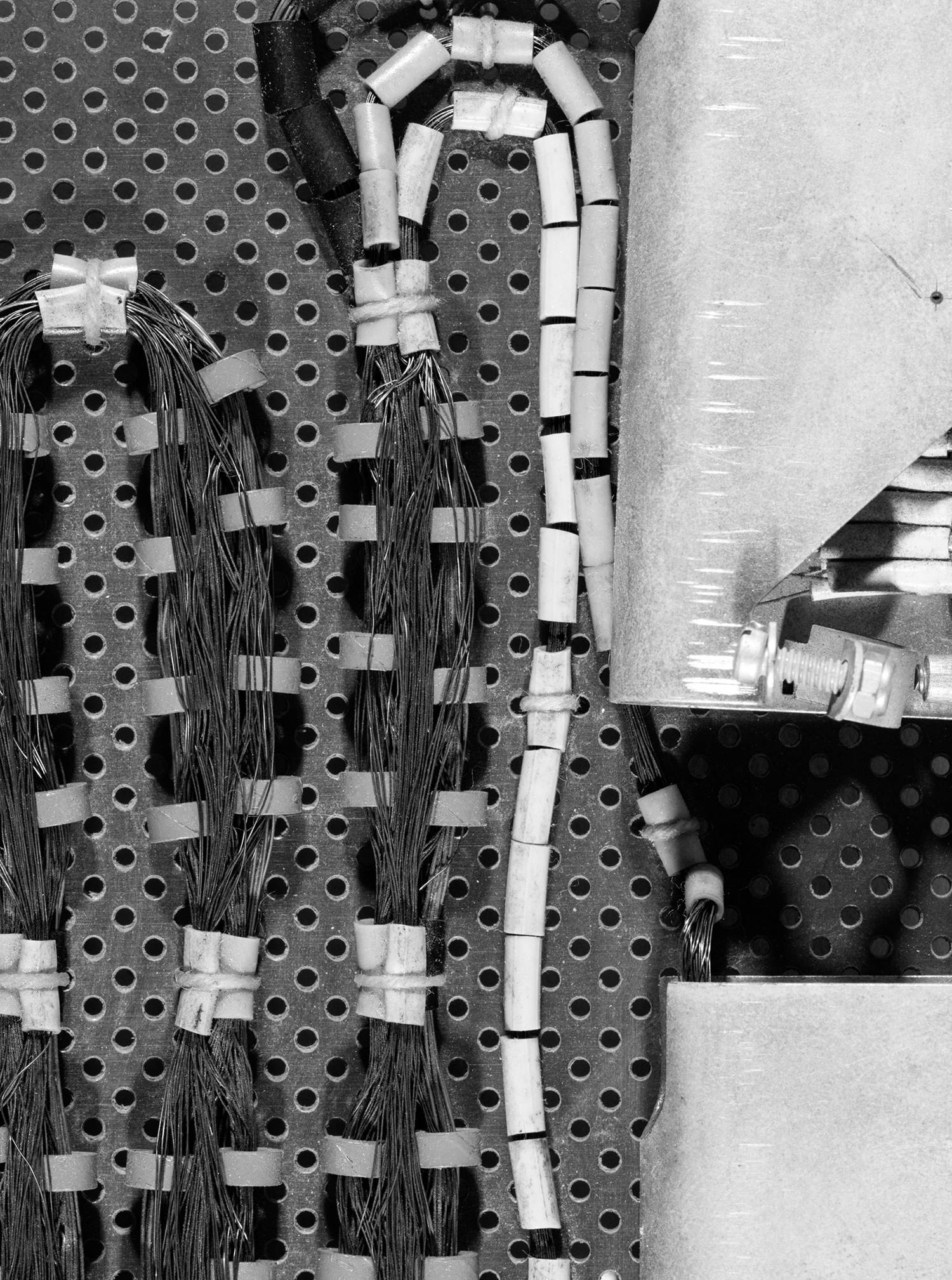 |
 |
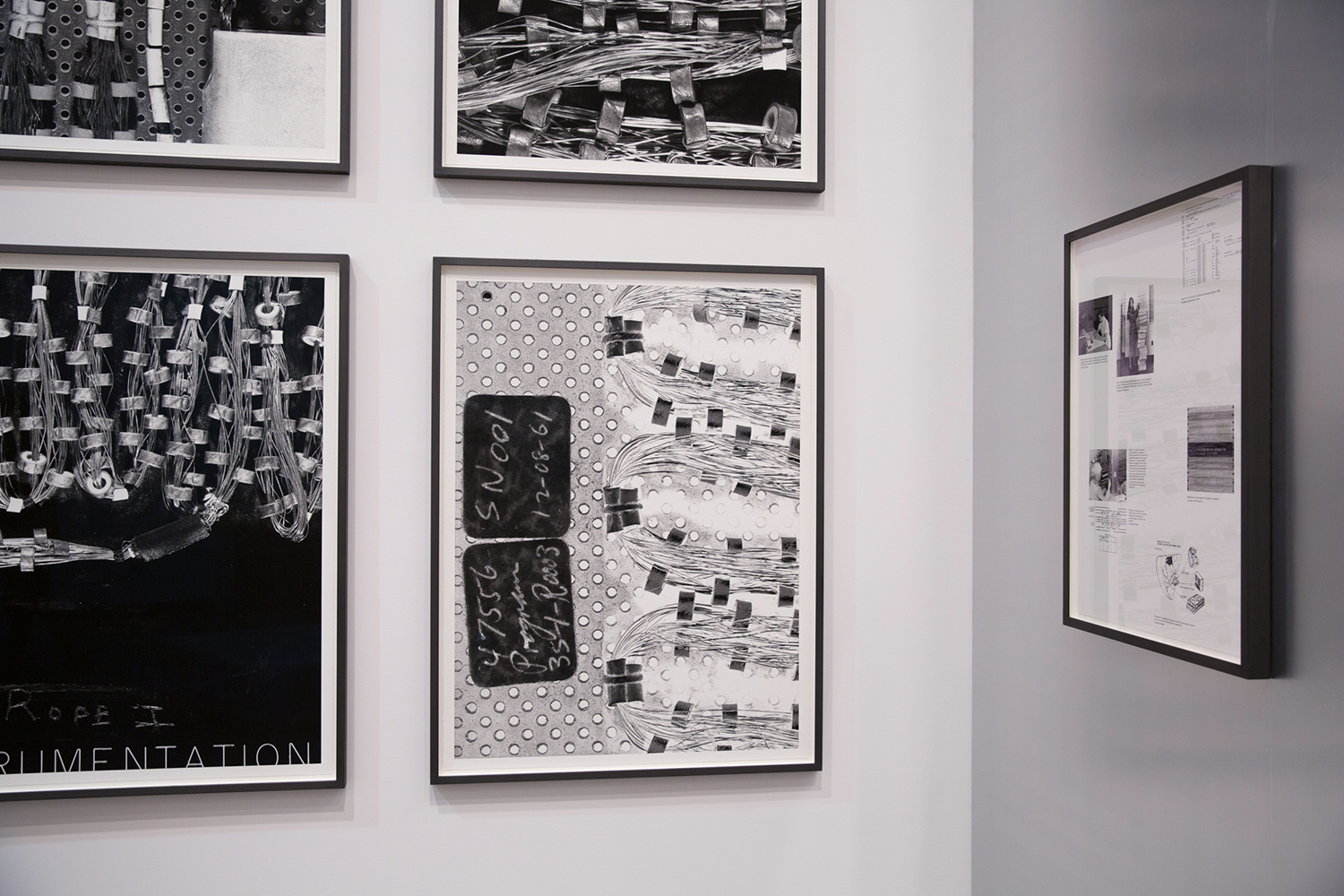 |
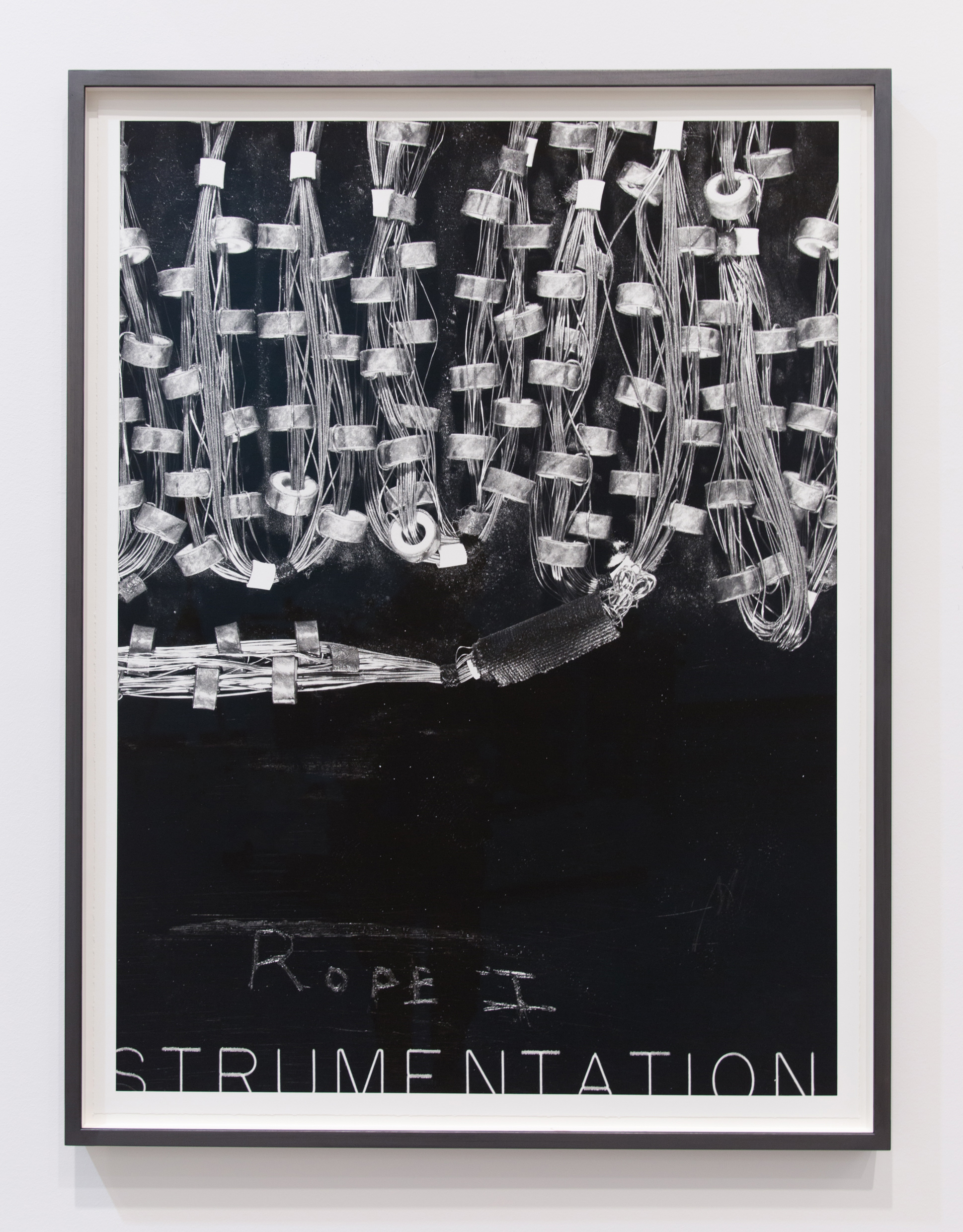 |
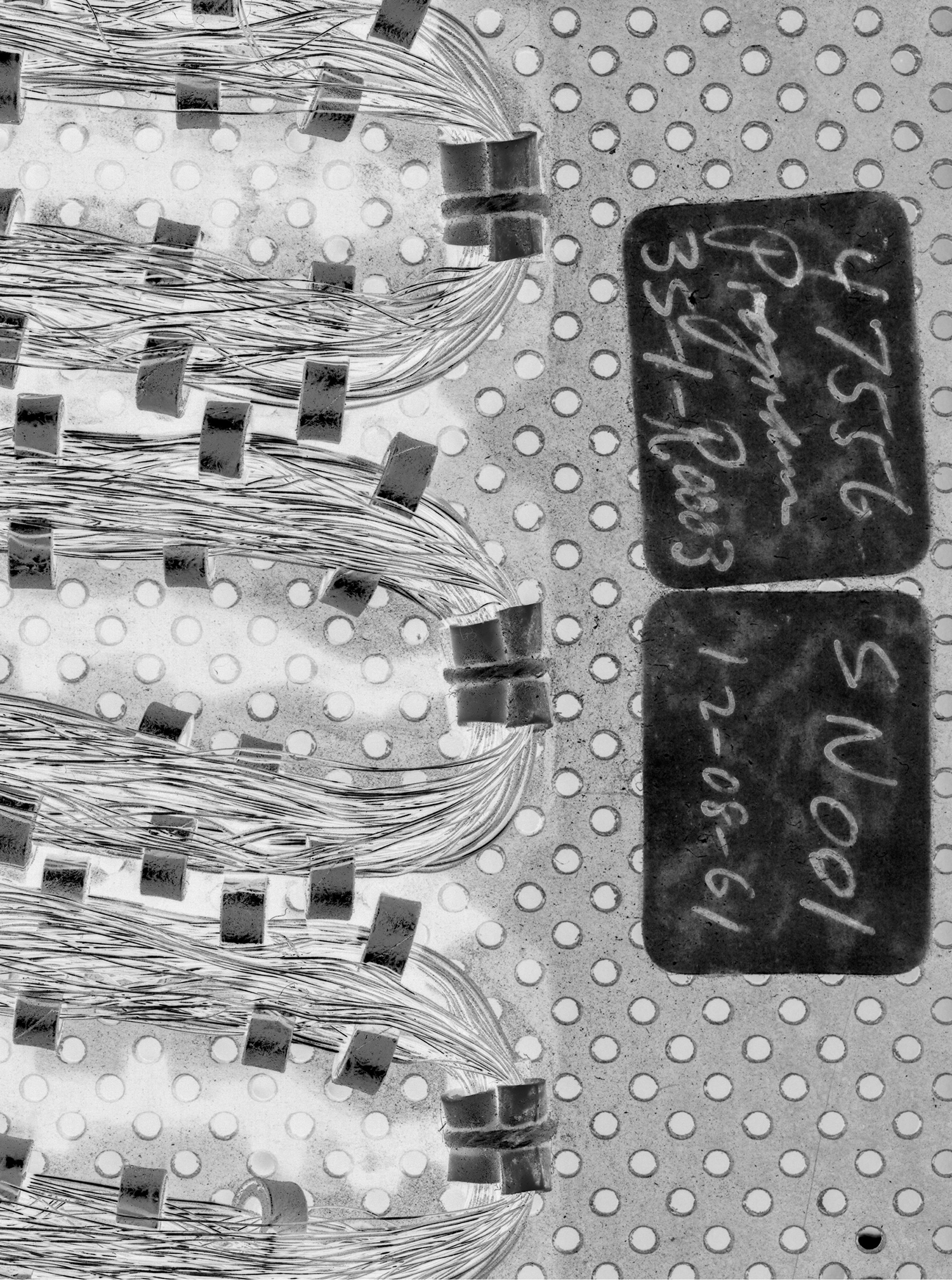 |
Louisiana Museum of Modern Art, DK. Photo: Kim Hansen |
Moon Memory
Series of photogravure prints:
8 prints 87×117 cm + 1 print 58×78.5 cm (2018)
Edition of 6
Commissioned by Louisiana Museum of Modern Art
Printed by Niels Borch Jensen Editions
While the Apollo 11 moon landing (1969) is mostly associated with the transmissions of the astronauts taking the first steps on the moon, it also represented broad changes in human-machine relationships. In the planning and development of the Apollo 11 moon landing machinery, there was an ongoing debate about whether humans (the astronauts) or machines (the space craft computer) should be given the ultimate power when executing the moon landing. Initially, the landing was performed by combination of man and machine control.
This project looks closer at the human-machine relationships by mapping some of the physical material that made the moon landing possible, namely the memory plates that were part of NASA’s moon landing software. The program for the on-board flight computer was written by a team of programmers at Massachusetts Institute of Technology in Cambridge under the supervision of programmer Margaret Hamilton. It was then woven by weavers into copper by drawing copper threads through or around little magnet cores to represent the zeros and ones that constituted the program. Those weavings were built into the computer of the Apollo 11 lunar module spacecraft. Moon Memory is a visual narrative of a lesser known aspect of the moon landings, combining craft, technology and questions of gender.
The work materializes as a series of B/W photogravure prints based on photographs of close up images of prototypes of the woven Apollo 11 memory plates as well as a photo montage depicting imagery related to the programming and fabrication of the software.
Produced with additional support from The Danish Arts Council, Akademirådet, Grosserer L. F. Foghts Fond, Beckett-Fonden, and Knud Højgaards Fond.